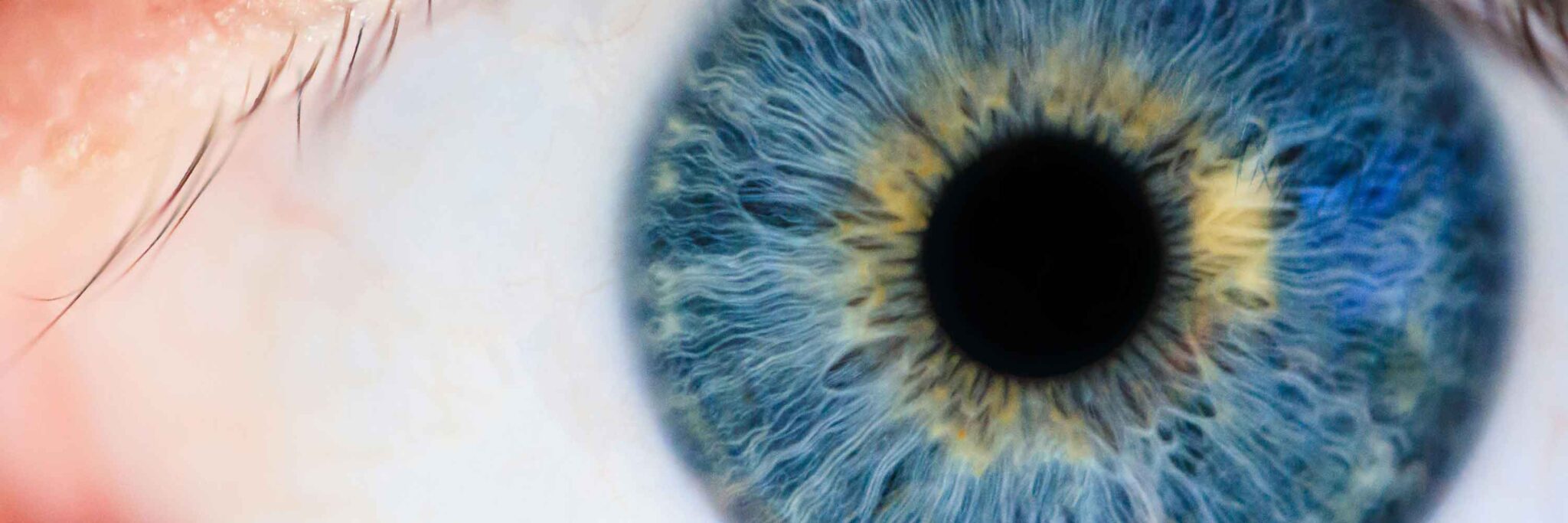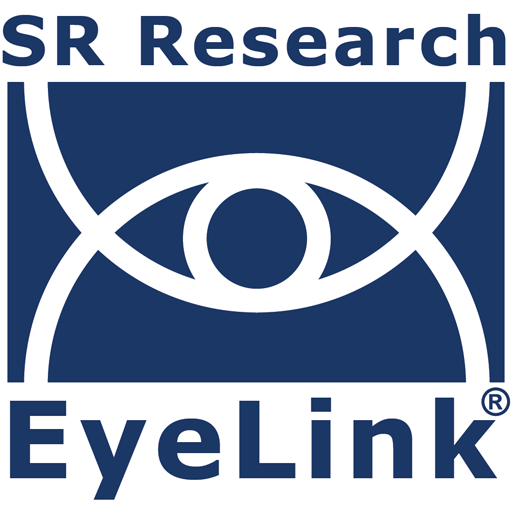CASE STUDY: Oculomotor Challenges in Macular Degeneration Impact Motion Extrapolation

Macular degeneration (MD) is a prevalent eye condition affecting the central visual field, including the fovea, leading to significant impacts on acuity and oculomotor control. A recent study, “Oculomotor challenges in macular degeneration impact motion extrapolation” by Rubinstein, Alcalde, Chopin, and Verghese (2025), published in the Journal of Vision, delves into the complexities of motion estimation in individuals with MD. Their research highlights the contribution of eye tracking technology can make to unraveling the factors that influence motion extrapolation in the presence of central vision loss.
Perceptual Baseball Task
The study employed a “perceptual baseball task” where participants judged whether a disappearing target would intersect or miss a designated “plate.” This task was performed under two conditions: fixation, where participants maintained a steady gaze on a marker, and pursuit, where they actively tracked the moving target. The researchers tested nine eyes of six MD participants and four control observers with simulated scotomata.
A cornerstone of this research was the meticulous measurement and analysis of eye movements. Eye movements were sampled continuously at 1000 Hz with a tower mounted EyeLink 1000 eye tracker. The high sampling rate and low noise levels were crucial for capturing the nuanced and rapid eye movements involved in fixation and pursuit, especially in a dynamic task like motion extrapolation.
Critically, the exceptionally fast access to real time gaze data (less than 3ms for the EyeLink 1000) allowed the researchers to implement and evaluate the impact of a gaze-contingent scotoma in control participants. This involved rendering the target invisible when it entered the simulated scotoma region. This innovative approach enabled the isolation of the “occlusion” factor, differentiating the effects of visual field loss from other oculomotor challenges. The study also utilized eye position data to calculate key metrics such as the “fraction occluded” and “target eccentricity from the fovea” on a trial-by-trial basis, which were then incorporated into generalized linear mixed effects (GLME) models.
Macular Degeneration Impacts Motion Extrapolation
In the pursuit condition, the GLME model revealed a “large effect of fraction occluded on d-prime” and a “small effect of eccentricity,” indicating that these factors significantly impacted motion extrapolation. The ability to quantify these effects relies entirely on the precise measurement of how much of the target was occluded by the scotoma and the target’s distance from the fovea, both derived from eye-tracking data. Moreover, the study assessed “oculomotor noise” by calculating the standard deviation of eye positions during fixation and eye distance from the target during pursuit. This direct measure of oculomotor stability and accuracy, again, was dependent on the high quality gaze data delivered by the EyeLink system.
In conclusion, the research by Rubinstein et al. (2025) provides invaluable insights into the oculomotor challenges faced by individuals with macular degeneration and their impact on motion extrapolation. This level of understanding would be unattainable without the precise and continuous data provided by eye tracking technology. It allowed researchers to isolate and quantify the effects of scotoma occlusion, target eccentricity, and oculomotor noise, thereby highlighting their crucial roles in dynamic visual tasks. This study serves as a compelling example of how advanced eye tracking technology is not merely a tool but a foundational element in contemporary vision science research, paving the way for individualized rehabilitation approaches.
For information regarding how eye tracking can help your research, check out our solutions and product pages or contact us. We are happy to help!
